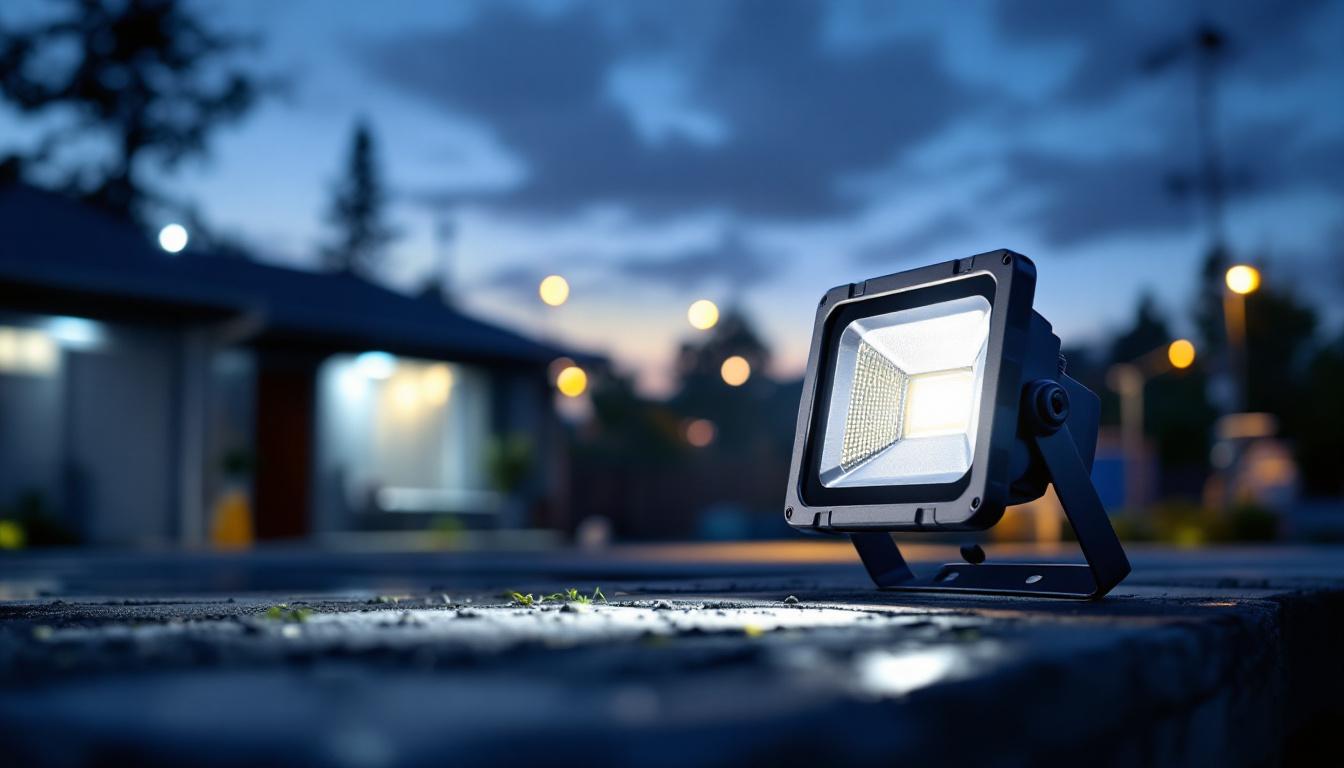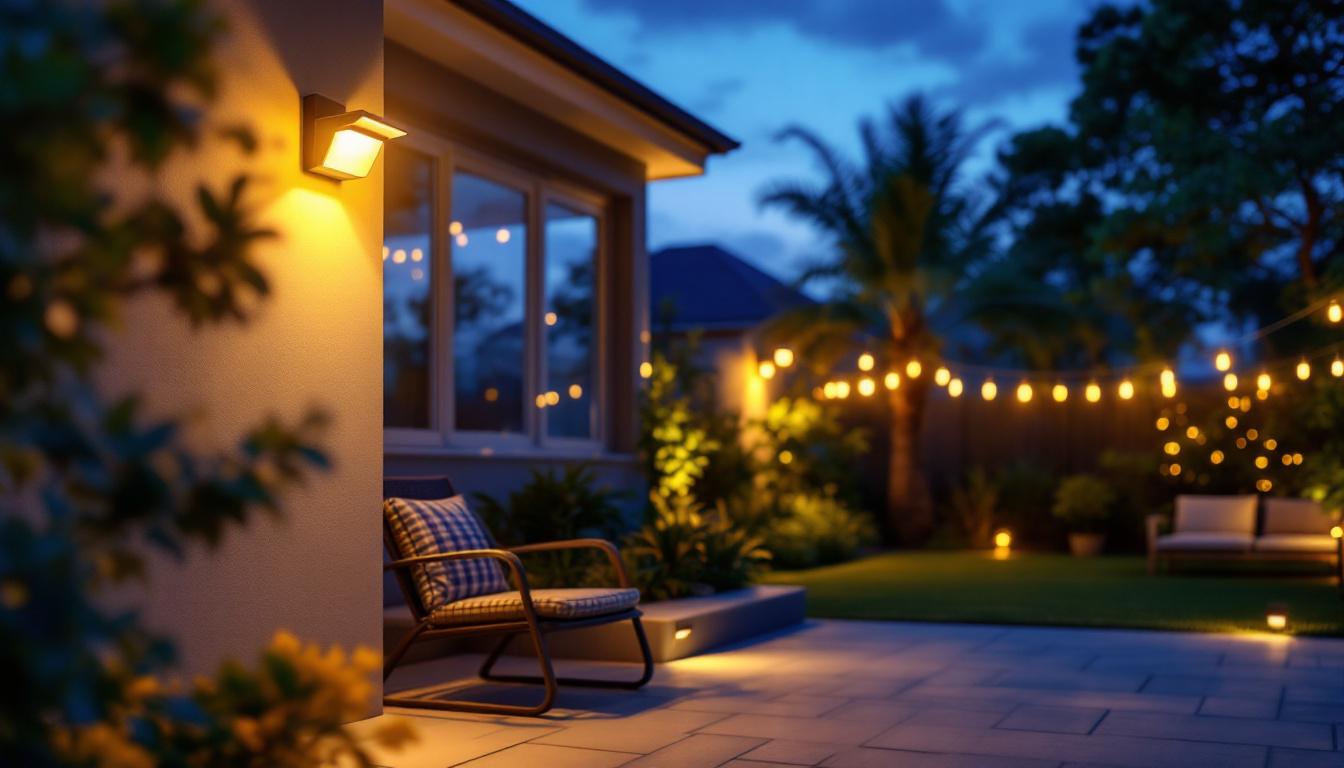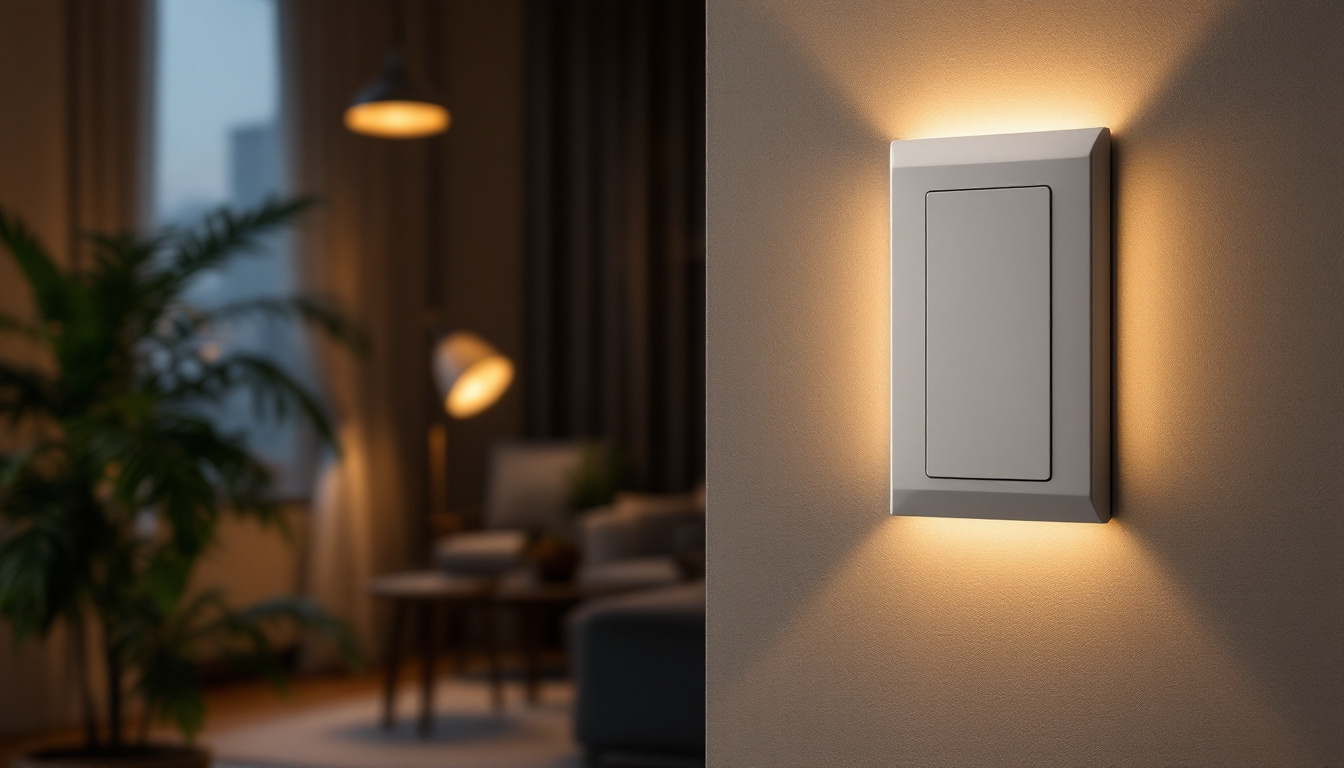
Type B bulbs, often recognized by their distinctive flame or torpedo shape, have become a popular choice in decorative lighting applications. Unlike standard bulbs, their design is tailored to complement fixtures where the bulb is visible, such as chandeliers, wall sconces, and candelabras. The 7-watt variant of Type B bulbs offers a balance between aesthetic appeal and energy consumption, making it a noteworthy option for lighting contractors aiming to blend style with efficiency.
These bulbs typically come in LED or incandescent forms, with LED Type B bulbs gaining traction due to their superior energy-saving capabilities. The 7-watt LED Type B bulb, for instance, can produce light output comparable to a traditional 40-watt incandescent bulb, offering significant reductions in power consumption without compromising on brightness or ambiance.
For lighting contractors, understanding the design nuances of Type B bulbs is crucial. Their elongated shape and smaller base sizes (such as E12 or E14 candelabra bases) require compatible fixtures and sockets. Moreover, the bulb’s shape influences light distribution, often providing a softer, more diffused glow ideal for accent lighting.
When selecting a 7-watt Type B bulb, contractors must consider the fixture’s style and the desired lighting effect. For example, in a chandelier setting, the flame-tip shape enhances the fixture’s elegance, while the lower wattage contributes to energy savings and reduced heat output, prolonging fixture life. Additionally, the color temperature of the bulb plays a significant role in the overall ambiance of the space. Warm white bulbs (around 2700K) create a cozy atmosphere, perfect for dining areas or living rooms, while cooler temperatures (above 3000K) can be more suitable for task-oriented spaces like kitchens or home offices.
Furthermore, the versatility of Type B bulbs extends beyond traditional applications. They can be used in decorative lamps, pendant lights, and even outdoor fixtures designed for aesthetic appeal. Their unique shape allows them to stand out as a design element rather than just a source of light. In recent years, manufacturers have also introduced various finishes, including frosted and clear glass, to cater to diverse design preferences. This variety enables contractors to recommend specific bulbs that not only meet functional requirements but also enhance the overall design narrative of a space, creating a harmonious blend of form and function.
Energy efficiency is a paramount concern in modern lighting design, both for environmental reasons and operational cost savings. The 7-watt Type B bulb, especially in LED form, exemplifies how low-wattage bulbs can deliver adequate illumination with minimal energy consumption.
Compared to traditional incandescent Type B bulbs, which might consume 40 watts or more, a 7-watt LED bulb uses approximately 82.5% less energy. This reduction translates directly into lower electricity bills and a smaller carbon footprint, aligning with the increasing demand for sustainable lighting solutions.
While the upfront cost of LED Type B bulbs may be higher than their incandescent counterparts, the long-term savings are substantial. The average lifespan of a 7-watt LED Type B bulb can exceed 15,000 hours, significantly outlasting incandescent bulbs that typically last around 1,000 hours. This durability reduces replacement frequency and maintenance costs, which is particularly beneficial in commercial or multi-fixture installations.
For lighting contractors advising clients, emphasizing these lifecycle savings can be persuasive. Over time, the investment in energy-efficient bulbs pays off through reduced energy consumption and lower maintenance expenses. Additionally, the enhanced performance of LED technology means that these bulbs provide consistent brightness without the flickering or dimming often associated with older lighting technologies. This reliability not only improves the quality of light in residential and commercial spaces but also contributes to a more pleasant and productive environment for occupants.
Moreover, the versatility of 7-watt Type B bulbs cannot be overlooked. They are available in various color temperatures, allowing users to select warm, neutral, or cool lighting to suit their specific needs and preferences. This adaptability makes them suitable for a wide range of applications, from cozy living rooms to vibrant retail spaces, ensuring that lighting can be tailored to enhance the ambiance and functionality of any setting. As more consumers become aware of the benefits of energy-efficient lighting, the demand for such products continues to grow, further driving innovation and improvements in lighting technology.
Energy efficiency should not come at the expense of lighting quality. The 7-watt Type B LED bulbs deliver impressive performance in terms of brightness, color rendering, and dimmability, all critical factors for lighting contractors to consider when specifying bulbs.
Despite their low wattage, these bulbs can produce a luminous output ranging from 400 to 600 lumens, suitable for ambient and accent lighting. The availability of various color temperatures—from warm white (2700K) to cool white (4000K)—allows contractors to tailor lighting schemes to specific environments, whether creating cozy residential settings or crisp commercial atmospheres. Moreover, the ability to select between different color temperatures can significantly affect the mood of a space; for instance, warmer tones can evoke feelings of comfort and relaxation, making them ideal for living rooms and bedrooms, while cooler tones can enhance focus and productivity in office environments.
A high CRI is essential for accurately representing colors in a space. Many 7-watt Type B LED bulbs offer a CRI of 80 or above, ensuring that colors appear natural and vibrant. This attribute is particularly important in retail or hospitality settings where visual appeal influences customer experience. For example, in a clothing store, accurate color representation can enhance the shopping experience, as customers are more likely to make purchases when the colors of garments look true to life under the lighting. Additionally, in art galleries or museums, high CRI lighting is crucial for showcasing artworks without distorting their colors, allowing visitors to appreciate the artist’s intent fully.
Dimmable 7-watt Type B bulbs provide flexibility in lighting control, enabling users to adjust brightness levels to suit mood or task requirements. However, compatibility with existing dimmer switches must be verified, as not all LED bulbs function optimally with older dimming systems. Lighting contractors should recommend compatible dimmers or upgrade options to clients to maximize performance and avoid flickering or buzzing issues. Furthermore, the integration of smart dimming solutions can elevate the user experience; with smart technology, users can control lighting remotely or set schedules, enhancing both convenience and energy savings. This adaptability not only supports various activities—from hosting gatherings to quiet evenings at home—but also aligns with the growing trend towards smart home automation, making these bulbs a versatile choice for modern living spaces.
The shift toward energy-efficient lighting solutions like the 7-watt Type B bulb aligns with broader environmental goals and regulatory standards. Lighting contractors play a pivotal role in guiding clients through compliance and sustainability initiatives.
By adopting low-wattage, energy-efficient bulbs, buildings can significantly reduce their carbon emissions. For example, replacing a 40-watt incandescent Type B bulb with a 7-watt LED equivalent can save approximately 33 kilograms of CO2 emissions over the bulb’s lifetime, assuming average usage patterns. When scaled across multiple fixtures or entire buildings, the environmental impact is substantial.
Many jurisdictions have implemented energy efficiency standards and incentives that encourage or mandate the use of LED lighting. The 7-watt Type B LED bulb often meets or exceeds these requirements, making it a compliant choice for new installations and retrofit projects. Lighting contractors should stay informed about local codes and rebate programs to advise clients effectively and capitalize on available incentives.
For lighting contractors, the successful integration of 7-watt Type B bulbs involves more than just selecting the right product. Proper installation and maintenance practices ensure optimal performance and client satisfaction.
Ensuring that the bulb base matches the fixture socket is fundamental. Type B bulbs commonly use candelabra bases (E12 or E14), so verifying socket size and voltage compatibility is essential. Additionally, contractors should assess fixture clearance and heat dissipation capabilities, especially when retrofitting LED bulbs into older incandescent fixtures.
Although LED bulbs generate less heat than incandescent bulbs, heat buildup can still affect bulb lifespan and fixture integrity. Proper ventilation and the use of fixtures rated for LED bulbs help mitigate these risks. Lighting contractors should educate clients on these considerations to prevent premature bulb failure.
Regular inspection of lighting installations helps identify issues such as loose connections, dimmer incompatibility, or bulb degradation. Encouraging clients to schedule periodic maintenance ensures sustained energy efficiency and lighting quality over time.
The 7-watt Type B bulb represents a strategic choice for lighting contractors seeking to deliver energy-efficient, aesthetically pleasing lighting solutions. Its combination of low power consumption, high-quality light output, and compatibility with decorative fixtures makes it an ideal option for a wide range of applications.
By understanding the technical specifications, environmental benefits, and practical installation considerations, contractors can confidently recommend these bulbs to clients aiming to reduce energy costs and environmental impact without sacrificing design integrity. As energy efficiency continues to be a priority in lighting design, the 7-watt Type B bulb is poised to play an increasingly important role in sustainable lighting projects.
Ready to elevate your lighting projects with the energy-efficient 7-watt Type B bulbs? At LumenWholesale, we provide lighting contractors with the highest quality, spec-grade lighting products at prices that can’t be beaten. Say goodbye to unnecessary markups and hello to a vast selection of reliable lighting solutions that meet the strictest industry standards. With free shipping on bulk orders, LumenWholesale is your go-to source for premium lighting without the hidden costs. Don’t compromise on quality or value—choose LumenWholesale for your next project. Wholesale Lighting at the Best Value is just a click away.

Discover the essentials of the Led Flood Lamp 100W in just five minutes.

Discover expert insights and best practices for selecting and installing outdoor motion lights with our comprehensive guide tailored for lighting contractors.

Explore the essential considerations for lighting contractors when installing dimmable light switches for LED systems.

Discover how UV light sanitizers are revolutionizing lighting projects by enhancing hygiene and safety.